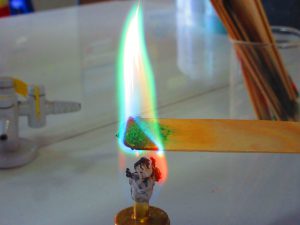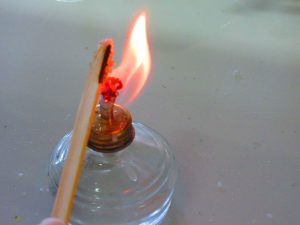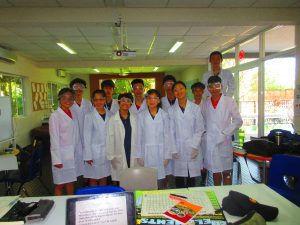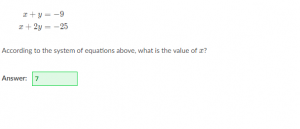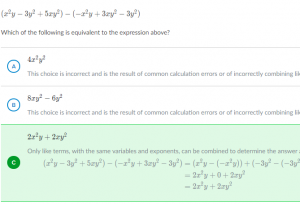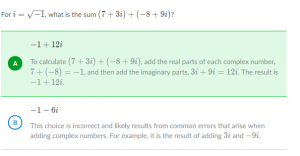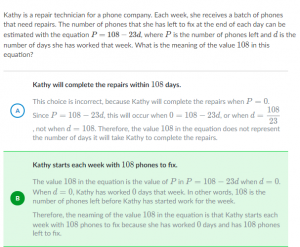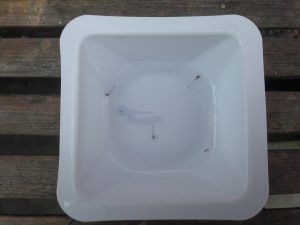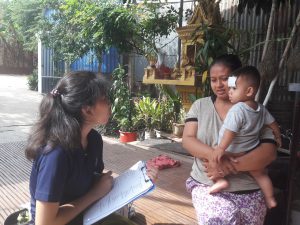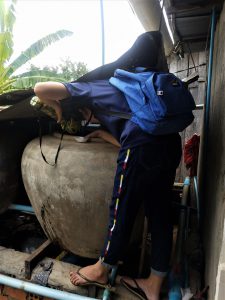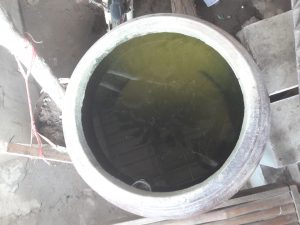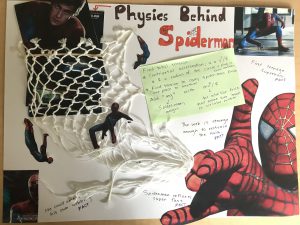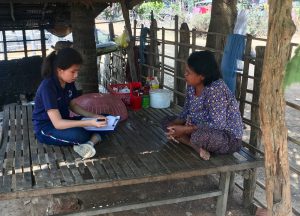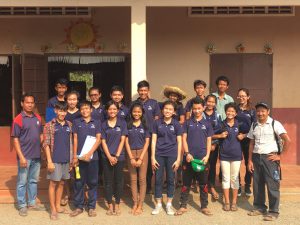Grew up in a family that valued education most, I got to gulp up as much knowledge at school as the other friends of mine- I was too lucky that my gender and family condition couldn’t get in my way at all. I was born to feel really ravenous about becoming the expert who good at anything. Although I was a hardworking student, I sometimes afraid of anything new. I was afraid of leaving my comfort zone. A day followed by the other, I had not taken a step toward the next level of myself and I didn’t plan too.
I was once do not know what it really is to be a change agent. I used to believe that only grown-up could create changes- I’d been waiting for so long for the right time to move on to another level of myself.
Five years of hard working led me to an opportunity that will change my life forever. I finally took a step toward another level of myself. I took a test, and surprisingly, I didn’t even know what was going on at that time. I aced the test and got a scholarship to Liger Leadership Academy. I was introduced to a lot of -new- things. Through the support and encouragement from being here at Liger, I was able to fight through my fear and always bring myself to a next level.
I started seeing many people working on various, cool projects. I was amazed by seeing them being a change agent for my country. I was begging to be one of them as well. Being a student at Liger, I started to understand what really is like to be a change agent. I understand that changes don’t require to be huge. It can be as tiny as yourself using fewer plastics. This can seem to be very small, but it pays off a huge change in time.
This is my sixth year learning at Liger. This school year had been exciting! I’ve got to join many cool projects that were very spread in topics from helping people’ visions, documented Cambodia historical building, robotics to write a survey report and doing risk analysis with those complicated statistical calculations.
Surveying in Cambodia was one of the school-project explorations this year. We are a group of seven students and a facilitator. This project was requested by our school country director who was also one of the founder of a charity helping Cambodian children accessing to education called Camkids. Our mission was to determine the effects that Camkids had toward people from the three villages nearby and to discover the current issues those villagers faced and informed it to Camkids so that they can provide the right programs or services to help with people’ struggles.
After creating the questionnaire, we went off campus to Kampong Speu province and interviewed people from one household to another. We all really committed to this project. After completing the boring process of inputting the data, I was one of the two students who will be responsible for writing a long paper of Camkids report while the other five students are working on analyzing the data. We completed most of the report by the end of our exploration. Lastly, I was hoping that our hard work will pay off and the report will be able to represent villagers’ struggles well so that Camkids will be able to provide services to help fulfill those need as soon as possible.
Another project of mine this year was Mosquito-borne Disease. We are a group of 13 students and a facilitator who is looking deeply into common Mosquito-borne Diseases in Cambodia. Through doing some research on the internet, we had found that the number of Dengue Fever cases double significantly. That is why our exploration will be focusing closely on Dengue Fever.
This exploration seems to be a part two of my last exploration, Surveying in Cambodia. We are working on a project called risk analysis, where we’ll be creating a questionnaire and interviewing people from a household to another again. For this particular exploration, we’re only interviewing two villages which are nearby our school. Through looking the data that was collected, we will be able to find out which village will be most likely to have an outbreak of Dengue Fever in this raining season.
This report will hopefully be on the World Health Organization website.
We will run a one day clean up in one of the villages that were found to have a higher risk of the outbreak to collect all of the mosquito water-source habitats that will help in reducing its population. We also plane to run a campaign to promote the risk of getting Dengue Fever in this season in order to raise awareness to people to protect themselves from mosquito bites as well. We really don’t want Dengue Fever cases to double this year in Cambodia. I really hope this project will play an important role in reducing the risk of people getting Dengue Fever in Cambodia as well.
Although those changes don’t happen immediately like a snap of the hand, I strongly believe that it will play its role well after a certain amount of time.
I strongly encouraged anyone to believe in yourself because you have the ability. You can be one of us! You can be one of the change agents for your country. Don’t wait for the right time, make the time right for what you’re going to do.
In the future, I expect Cambodian children to access more technology as well as starting getting their heads into project-based learning. Whenever I struggle with something I always say this to myself “nothing is impossible, the word itself says I’m possible.”

